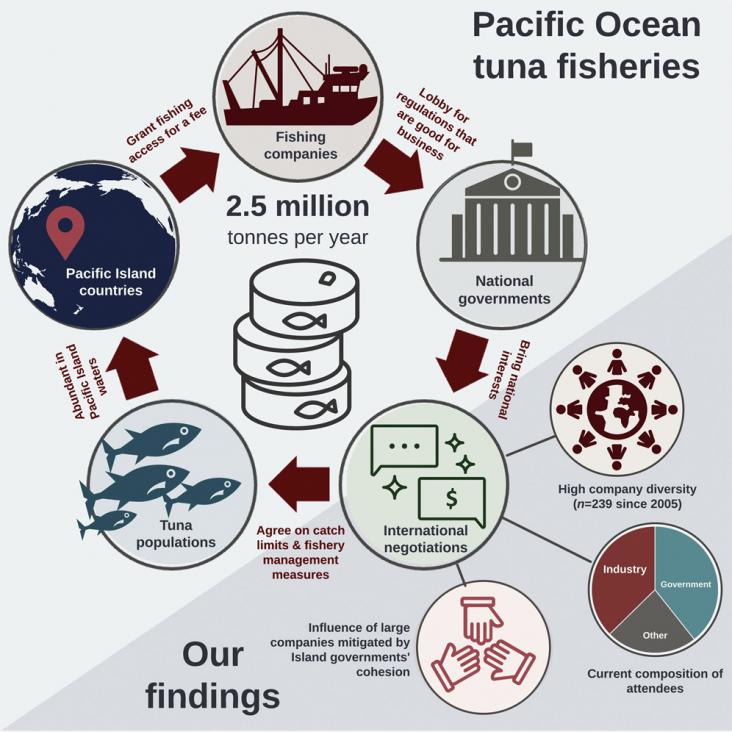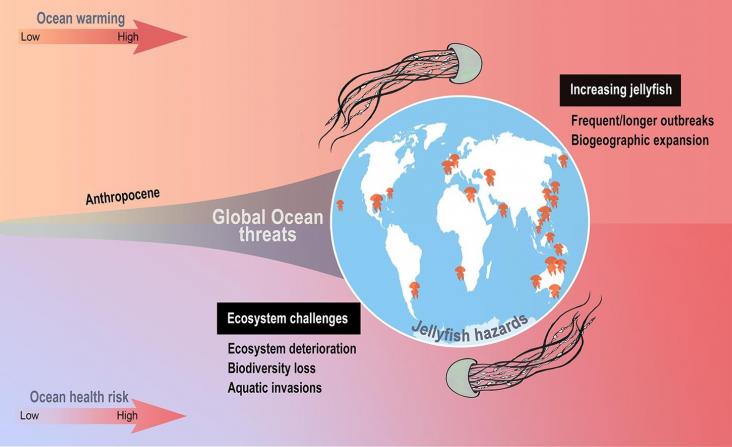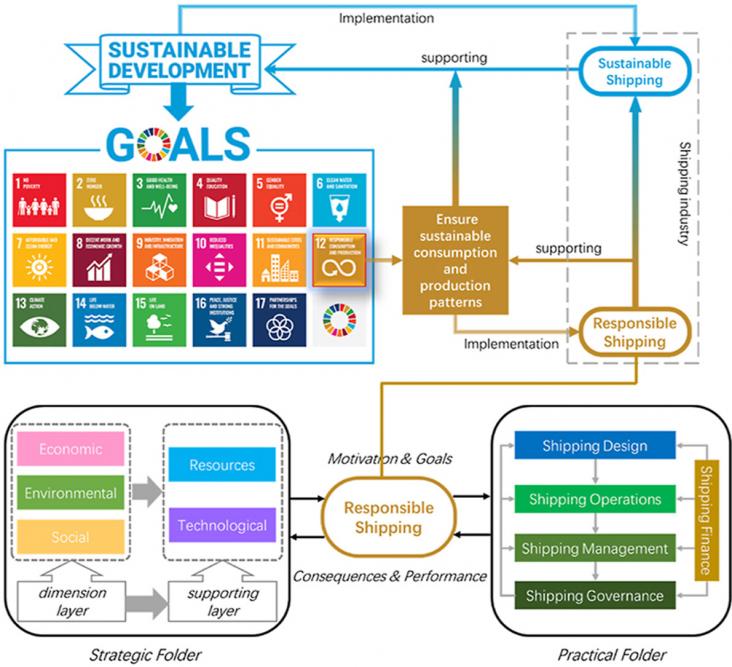This chapter aligns with Goal 14: Life Below Water and Goal 15: Life on Land by describing the global tectonic processes that form mid-ocean ridges and critical seafloor habitat.

This article focuses on a key industry in ocean governance - tuna fishery - to examine how companies and governments relationship in international fishery negotiations can influence the governance of tuna fishery industry.

This is an Opinion article by two highly accomplished synthetic biologists that explains how synthetic biology tools can benefit oceans.

As growing coastal societies and projected high population densities predict a larger demand for marine ecosystem services in the future, jellyfish may affect the fulfillment of such needs, thus becoming prominent players in provisioning, cultural, and supporting services. Hence, our results advocate for their inclusion in multidisciplinary research beyond regional scales and call for investing in this group through systematic surveys.

Offers practical insights to guide shipping industry managers to introduce environmentally responsible and sustainable practices.
Elsevier,
Pierre Boissery, Philippe Lenfant, Gilles Lecaillon, Anaïs Gudefin, Sebastien Fonbonne, Mohamed Selfati, Najib El Ouamari, Robert Brunet, Free Espinosa, Hocein Bazairi, Chapter 7 - The ecological restoration: A way forward the conservation of marine biodiversity, Editor(s): Free Espinosa,
Coastal Habitat Conservation, Academic Press, 2023, Pages 171-191, ISBN 9780323856133
This content aligns with Goal 14: Life under Water by stressing the import of ecological restoration to preserve marine biodiversity.
Advocates and justifies a specific maritime policy that would protect marine biodiversity in the Mediterranean.
The editorial calls for action to reduce noise pollution that has detrimental impact on humans, terrestrial and marine life
Elsevier,
Comparative Biochemistry and Physiology -Part A : Molecular and Integrative Physiology, Volume 274, December 2022
This article advances SDG # 15 and SDG # 14 by highlighting the value of the use of haematology in identifying changing patterns of health among seabirds which may serve as an early indicator of breeding failure, overwintering mortality, and population declines.
This paper highlights the alarming rate of which levels of chemicals are being found in seawater.
